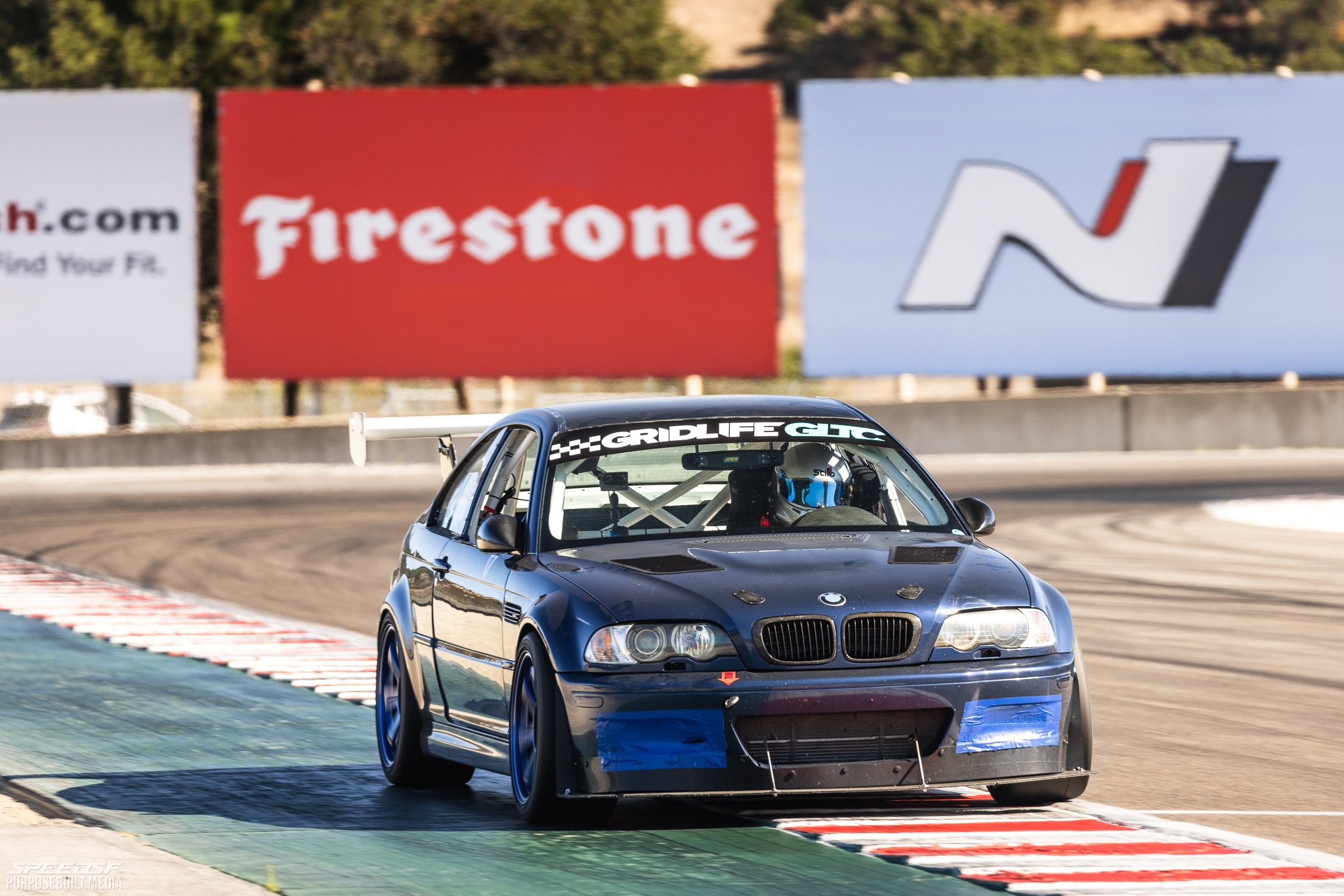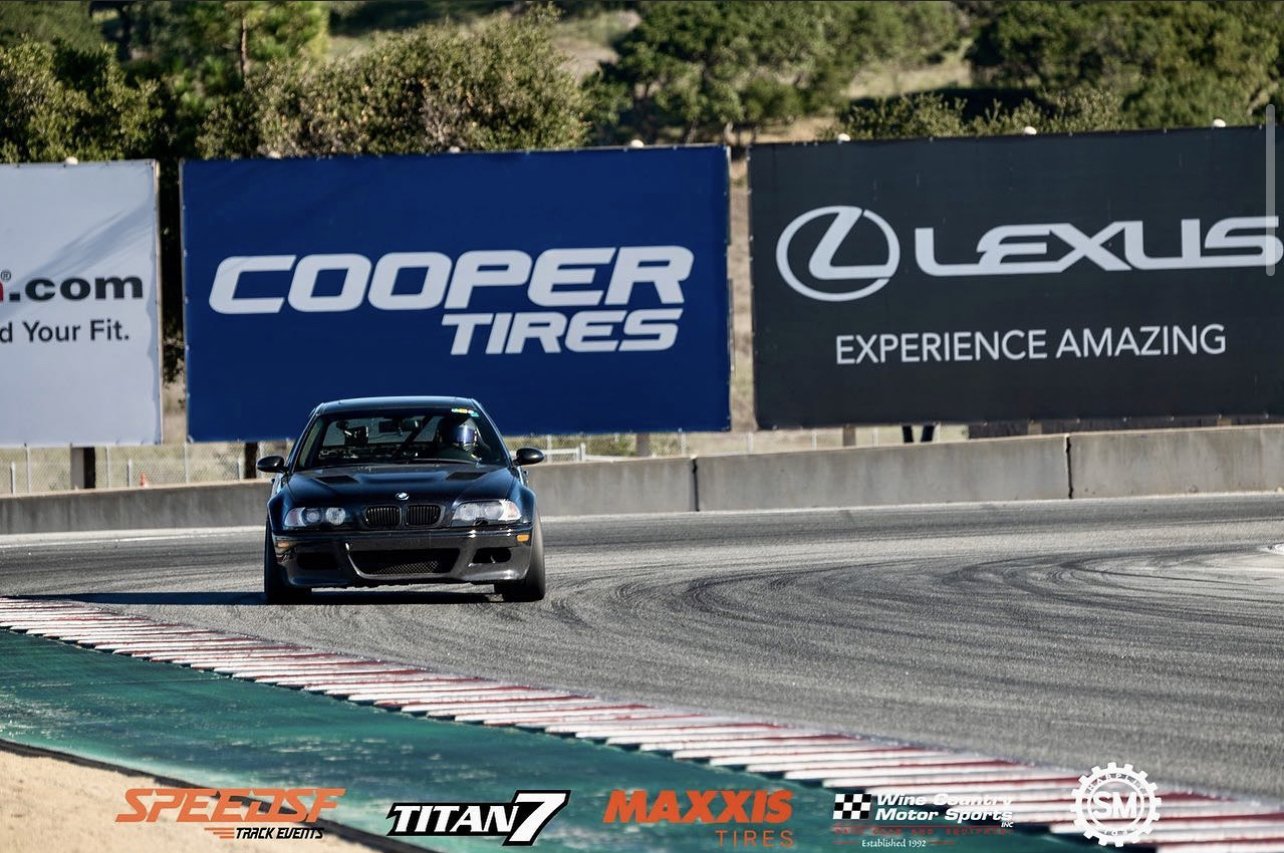
SpeedSF Blog
Every Build Has a Story – Meet the Cars of SpeedSF

Sergey’s E46 M3: Stay Frugal and Avoid Rabbit Holes
After finding a Miata with the basic HPDE mods, Sergey Smirnov committed to improving his skills and avoided fussing around with upgrades. When it came time to get a new car, he followed the same approach with great results.

Abdul’s E46 M3: Checking All Boxes
It didn’t take Abdul long to realize that seat time was all-important, so he made a point to avoid the typical impediments to his progress. Then he bought a versatile M3, had the right guys set it up, and put in his time learning his craft.

Jacek's M3: In Good Hands
By leaving some of the tough questions to the talented guys at R-Crew, Jacek’s been able to enjoy four stress-free years of regular tracking with this E46 workhorse. Simple, clean, seriously quick, and always willing to turn another lap—this car has it all.

Edson's E46: Quarter-Million and Counting
It may have 250+ on the clock, but this rough M3 has been Edson’s trusty track toy for the last year and a half, and he doesn’t plan on changing anything soon—it’s too fun and dependable to need anything.

Dustin's Supercharged M3: A Lesson in Applied Economics
With a full plate and a desperate need to go fast, Dustin managed to keep his head, get the right car, get the right coaching, make the right upgrades, and put prove just how quickly he could develop the established E46 into a 500-horsepower time attack machine.

Elie's E46 M3: Not Too Much, Not Too Little
Though the car has a reputation as being a pricey pain in the ass, Elie Mansour’s proven that the E46 M3 is reliable as anything—and faster than 70% of most track toys—when given the right sort of TLC.

Peter Phung's Widebody M3: Wide and Wonderful
Designed to be seriously quick and sexy, Peter Phung put a lot of blood, sweat, and tears into building this no-stone-unturned E46. With 360 horsepower, amazing livery, and a GTR-inspired fiberglass bodykit, it’s a step above your typical M3 track toy.
